Franklin M. Harold is professor emeritus of biochemistry at Colorado State University and affiliate professor of microbiology at the University of Washington.
The University of Chicago Press, Chicago 60637
The University of Chicago Press, Ltd., London
2014 by The University of Chicago
All rights reserved. Published 2014.
Printed in the United States of America
23 22 21 20 19 18 17 16 15 14 1 2 3 4 5
ISBN-13: 978-0-226-17414-3 (cloth)
ISBN-13: 978-0-226-17428-0 (paper)
ISBN-13: 978-0-226-17431-0 (e-book)
DOI: 10.7208/chicago/9780226174310.001.0001
Library of Congress Cataloging-in-Publication Data
Harold, Franklin M., author.
In search of cell history : the evolution of lifes building blocks / Franklin M. Harold
pages cm
Includes bibliographical references and index.
ISBN 978-0-226-17414-3 (cloth : alkaline paper)ISBN 978-0-226-17428-0 (paperback : alkaline paper)ISBN 978-0-226-17431-0 (e-book)
1. CellsEvolutionPopular works. 2. CytologyPopular works. 3. Life (Biology)Popular works I. Title.
QH582.4.H37 2014
571.6dc23
2014006515
 This paper meets the requirements of ANSI/NISO Z39.481992 (Permanence of Paper).
This paper meets the requirements of ANSI/NISO Z39.481992 (Permanence of Paper).
In Search of Cell History
The Evolution of Lifes Building Blocks
FRANKLIN M. HAROLD
THE UNIVERSITY OF CHICAGO PRESS
CHICAGO AND LONDON
TO ALL SCIENTISTS WHO WALK IN THE PATH DARWIN FIRST BLAZED, SEEKING A RATIONAL ACCOUNT OF THE NATURE AND ORIGIN OF LIVING ORGANISMS, AND TO THOSE WHO WILL COME AFTER US
Contents
Preface
Biology presents us with innumerable puzzles and also a handful of mysteries, questions that point beyond the conceptual framework of our own day. None is more fraught than the genesis of life, that unique state of matter in which the dust of the universe attains complexity, autonomy, purpose, and the capacity to reflect on its own nature. How living things came to be is arguably the most momentous issue in biology today; the object of this book is to consider how far we have come in the quest for rational understanding of our deepest roots.
Life is so familiar and ubiquitous that it is easy to forget how astonishing it is, and how sharply living things differ from those that are not alive. Living things draw matter and energy to themselves, maintain their identity, reproduce their own kind and evolve over time. Nothing else in the known universe has this capacity. Living things are made up of lifeless chemicals; their composition, and everything they do, is consistent with the laws of physics and chemistry. And yet there is nothing in those laws that would lead one to expect a universe that harbors life. At the heart of the mystery lurk cells, the elementary units of life and the smallest entities that display all its characteristics. Every living thing is made up of cells, either one cell or many, and every cell is itself a highly integrated ensemble of millions of molecules structured in space. Truly, the cell is the microcosm of life, and in its origin, nature and continuity resides the entire problem of biology. When we inquire into the genesis of life, the primary objective must be to understand the origin of cells and of cellular organization.
The history of life unfolds over a time span so vast it boggles the imagination. I, for one, can draw no meaning from a million years, let alone a billion, and prefer a geographical metric. Let 1 millimeter, the thickness of a dime, stand for 1 year. Then 1 meter makes a millennium, 1 kilometer 1 million years, and the age of the earth (about 4.5 billion years) spans 4,500 kilometers, a little more than the distance between Miami and Seattle. As you fly northwest across the United States, armed with the latest in spyware, you may spot the first signs of life over Tennessee. Unmistakable bacterial cells appear over Kansas, eukaryotic ones over Nebraska. Western Montana features the Cambrian explosion, mammals make their debut near Spokane; and the plane is preparing to land before the first hominids rise up on 2 feet, just 4 or 5 kilometers short of SeaTac Airport. That huge span of time between Memphis and Missoula, 3,400 to 600 million years ago, is the era of cell evolution; and it remains today as thinly charted as the West was when Lewis and Clark set out on their Voyage of Discovery.
The evolution of life as displayed in museums of natural history turns on forms and functions whose scale matches our own: skulls, wings and fins, leaf imprints, ammonites and the puzzling creatures of the Burgess Shale. But all these are latecomers. For more than three-quarters of lifes history, all the life that lived consisted of single-celled microorganisms invisible to the naked eye. By the time multicellular organisms appear in the geological record some six hundred million years ago, the evolution of cells themselves had largely run its course. To be sure, cell evolution continues even today, with the proliferation and diversification of bacteria and protists and the elaboration of the specialized cells of animals and plants. But the core of the subject is the genesis of the basic cell types, and their spatial and functional organization. Everything we know suggests that between Memphis and Missoula, cells arose from the primordial slime; acquired the familiar complement of parts and functions including ribosomes, cell walls, flagella, protein synthesis, and photosynthesis; and generated the molecules that make up those structures and underpin their operations. Cell evolution is, first and foremost, about how cells came to be; and as we pursue this inquiry, we are bound to achieve better insight into the nature of life itself.
The genesis of cell organization is a historical subject, for which the sources of information are quite limited. In principle, the most direct is the testimony of the rocks. Fossils have been invaluable in tracing the evolution of animals and plants, but are much less enlightening about unicellular microbes. Even so, geology supplies a chronological framework, a window onto the environments in which life first took hold, and an invaluable corrective to exuberant speculation. Synthetic biology, the ongoing effort to construct living cells in the laboratory, may in the future offer Anyone who reflects on evolution must draw heavily on genomic data, and so will I. But the interpretation of the genomic record is anything but straightforward, and very few inferences enjoy general assent. Besides, it turned out that the history of cells is not identical with the history of their genes, and there is reason to believe that not all the information that specifies cellular architecture is carried in the genome. In the end there is no safety in sequences, or anywhere else.
Cell evolution is a quirky subject, out on the margins of serious science. The traces of events that occurred in the remote past are commonly faint and ambiguous. Interpretations rely heavily on extrapolation and conjecture; opinions are passionately held, but rest as much on conviction and rhetoric as on objective facts. The standard method of science, the formulation and testing of falsifiable hypotheses, can seldom be applied. But those who love science for its big questions and windy spaces find the lure of cell evolution irresistible: here, more than anywhere else, we touch the outermost limits of what we know, perhaps the limits of what we can know.
This book is a sequel to my previous one, The Way of the Cell, to keep the text accessible and technicalities to a minimum. Readers who wish to delve deeper will find numerous portals among the references, largely selected from publications over the past decade; responses to the literature extend through 2012.
Next page
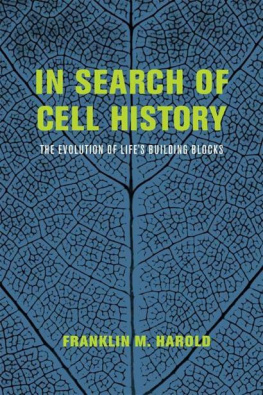
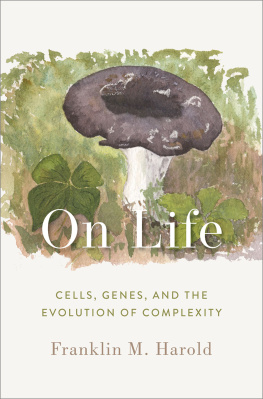
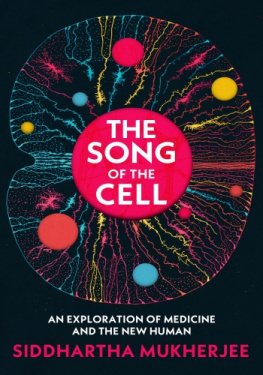
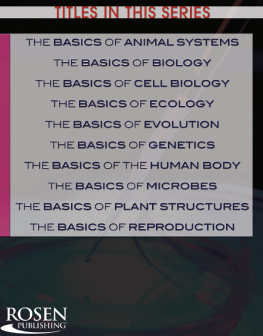
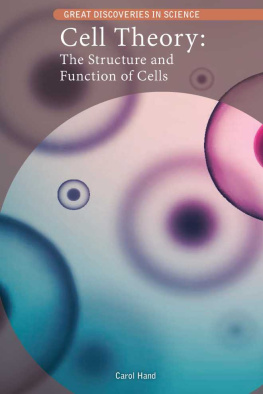
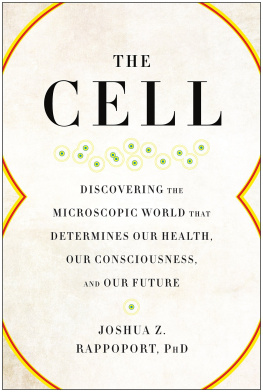
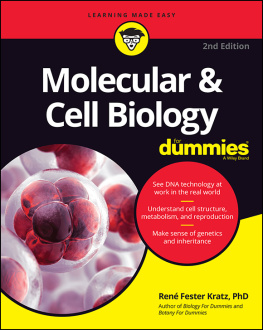

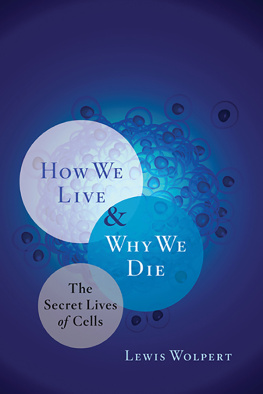



 This paper meets the requirements of ANSI/NISO Z39.481992 (Permanence of Paper).
This paper meets the requirements of ANSI/NISO Z39.481992 (Permanence of Paper).